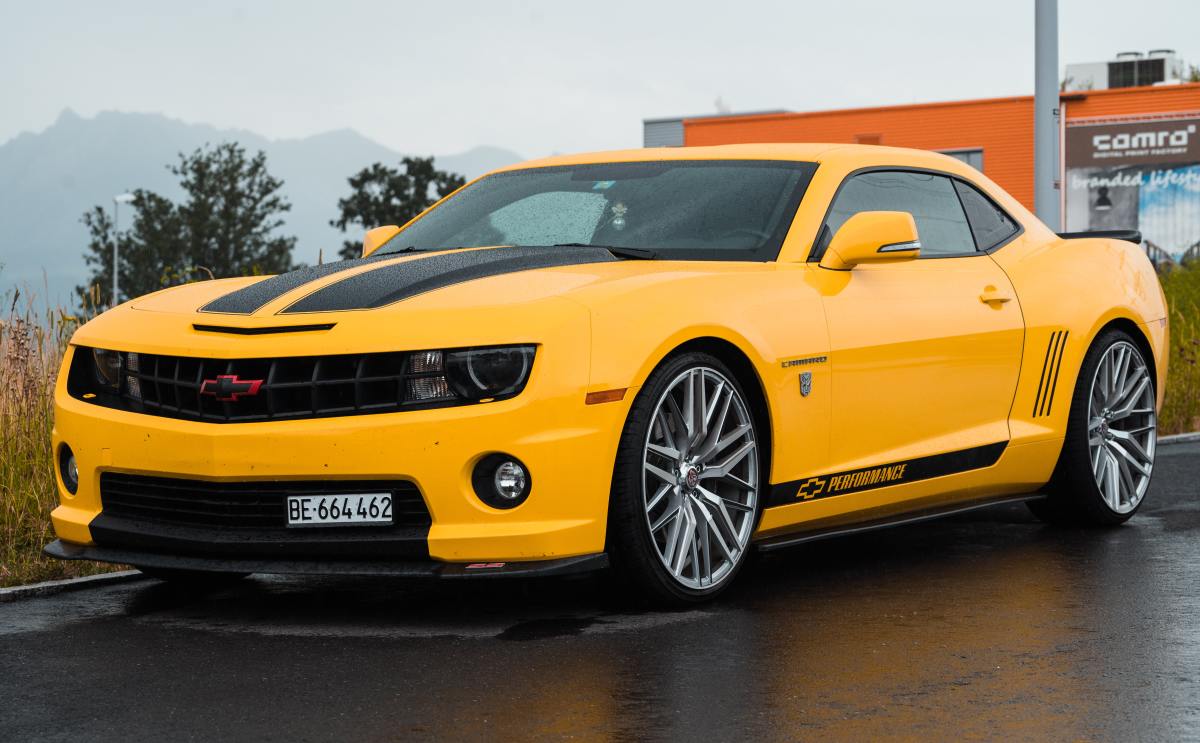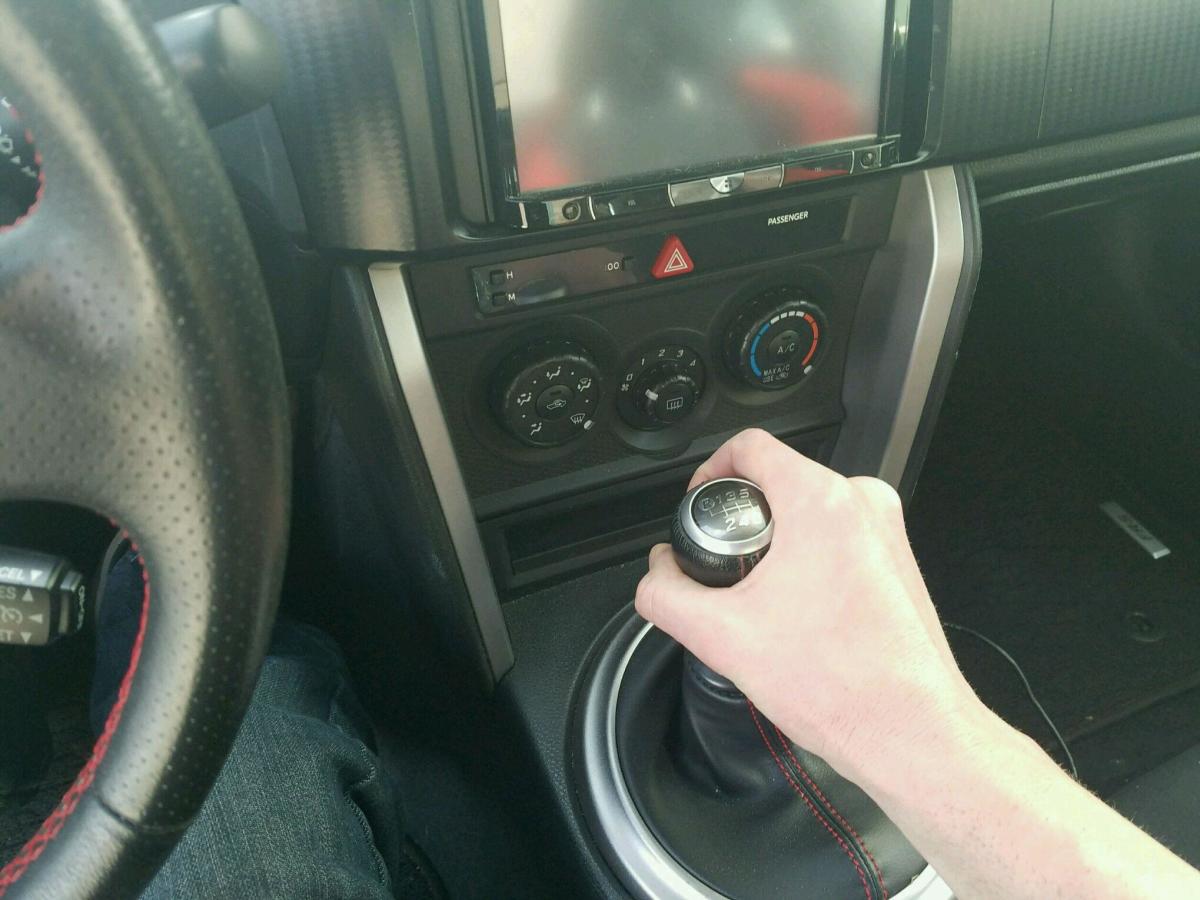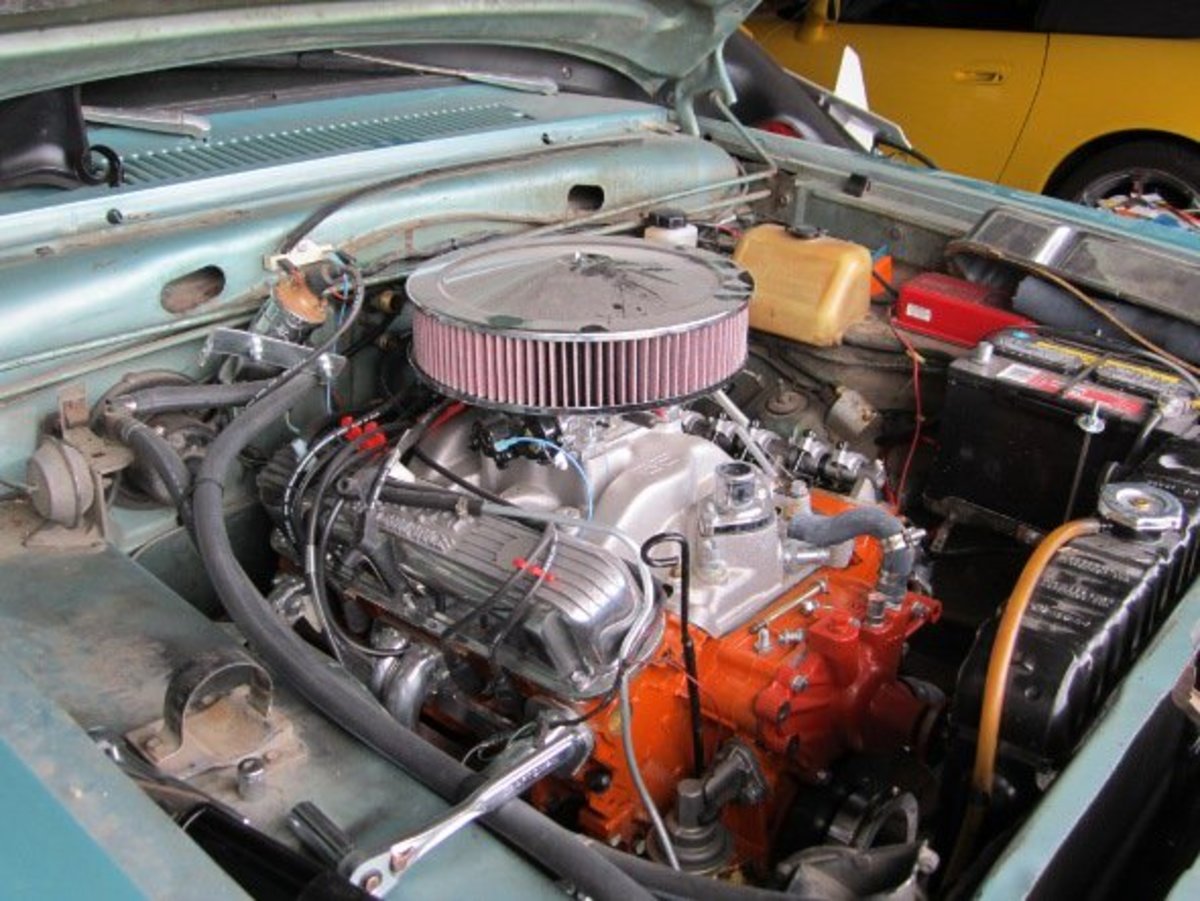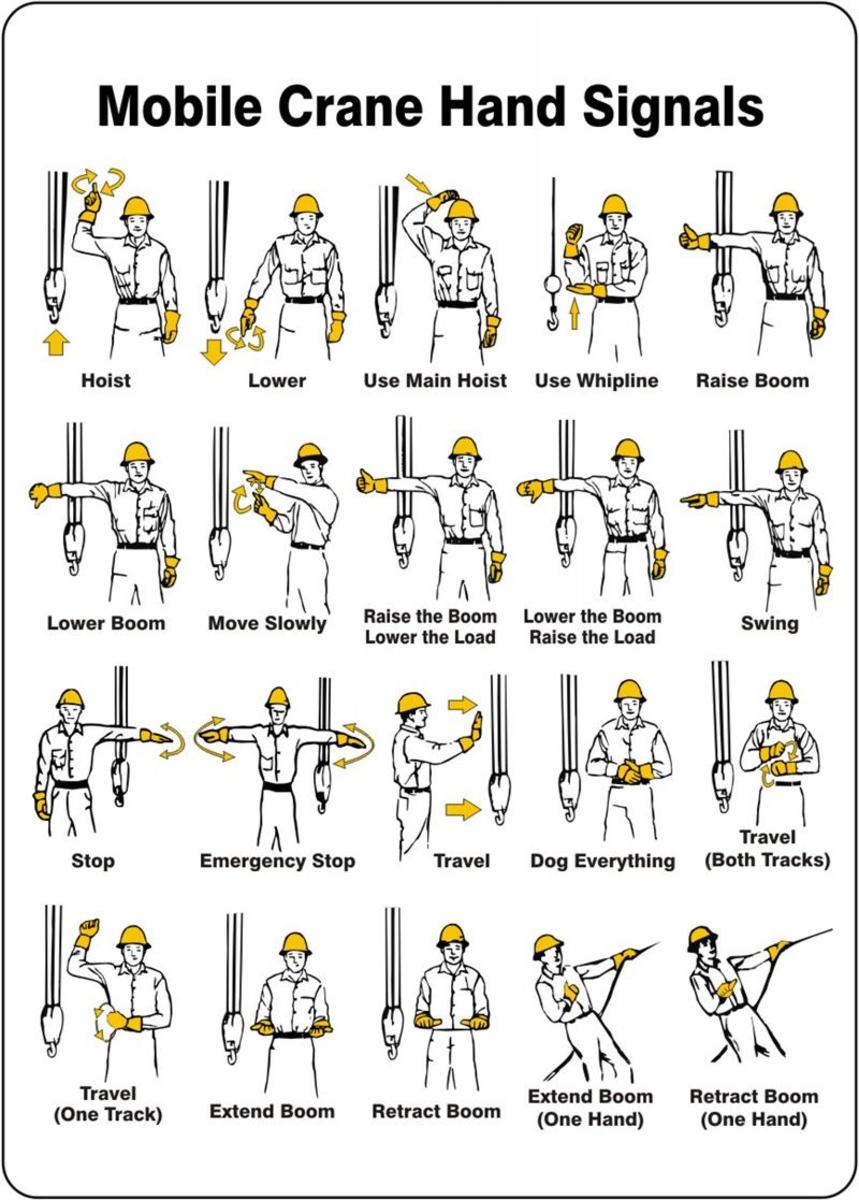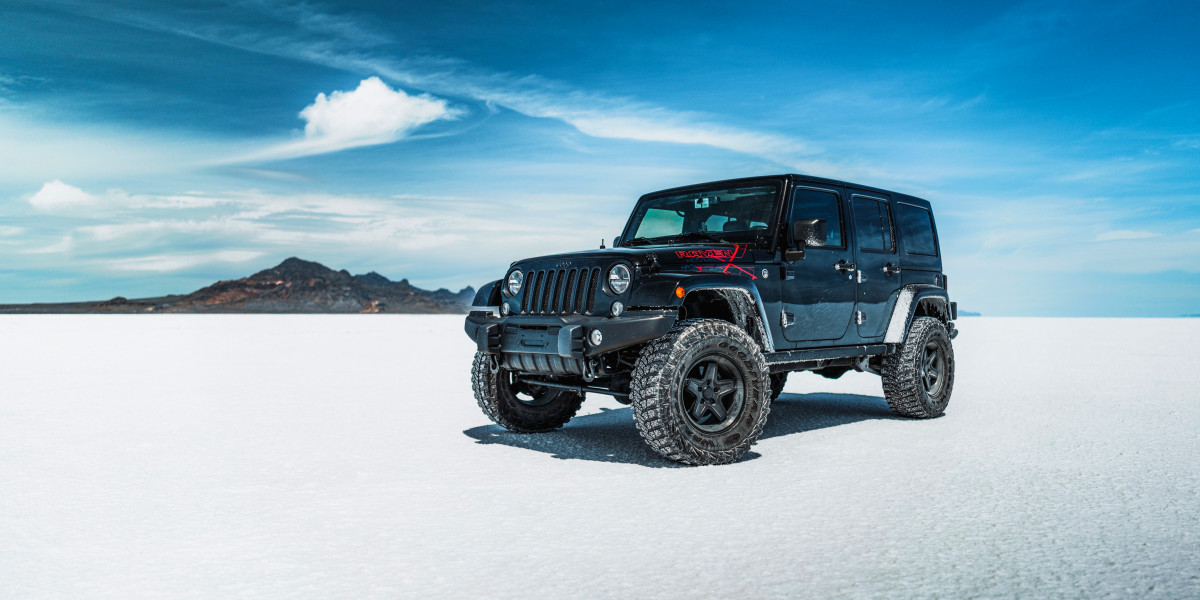How to drift a car: the six basic drifting techniques

In the last decade drifting has grown into a well known and popular form of motorsport. The art of drifting may look like a simple technique to some, but mastering the skill takes a great deal of car control. If, for some reason, you still don't know what drifting is I'll break it down for you. Briefly stated, drifting is the art of pushing a car into oversteer and maintaining a continuous slide around a corner. The goal is typically to keep a tight line that puts the car as close to the edges of the turn as possible (inside or outside edge). This requires placing the front bumper near the inside of the corner's apex or the rear bumper along the outer edge of the turn. Drifting is now considered one of the most grassroots motorsports (only second behind autocrossing) and, as such, it's one of the easiest to get into. To be competitive in amateur drifting you don't need a large budget or a highly modified car. The only basic requirement is a rear wheel drive car and manual transmission. Sometimes a lot of extra tires won't hurt.
Drifting Techniques
There are six separate and well acknowledged drifting techniques. These are the maneuvers used by famous drifters like Keiichi Tsuchiya himself. The first three methods are more basic in that they don't require driver's to shift the weight of the car. These novice level drift techniques involve mastering the use of the hand brake, throttle control, and clutch kicking. The last three, however, are typically more difficult to learn.
Hand Brake Drift
Hand Brake
The first, and most basic drifting technique uses a car's hand brake or parking brake. This is often the first technique learned by beginners but even professional drifters still make strong use of the hand brake. In order to execute a hand brake drift, you must do the following: while approaching a corner brake and heel-toe downshift, then turn the wheel in towards the direction of the corner and step on the clutch and keep it depressed. Then quickly pull the hand brake just briefly, release it, and turn the steering wheel the opposite direction of the corner (counter steer). Once the car is facing the direction of the corner's exit begin to gently reapply the throttle and dial out the amount of counter steer. This technique can easily get the car to go sideways, however, it is difficult to keep a tight line and a tidy exit with using only the hand brake alone.
Powerslide
Power slides are overwhelmingly simple. So simple, in fact, that many don't consider it drifting at all. This method relies on over driving the rear tires with the shear use of power. All you must do to execute a power slide is brake for a corner, turn in, and then floor the accelerator. After the car begins to slide quickly countersteer and gently ease the countersteer out until you're driving straight again. Power slides can be useful when driving a car with inherent understeer.
Clutch Kick Drifting
Clutch Kicking
The basic concept of a shift lock or clutch kick drift maneuver is to abruptly deliver power to the rear tires in order to overpower their grip. As such, with this method you will not use a heel-toe downshift because we want anything but a smooth power transition. To drift via this method, brake and clutch in as you approach the corner, then as you steer in release the clutch. This will give the jolt of power needed to overpower the rear tires and the car will begin to oversteer. As the car begins to slide countersteer and exit the same as you would with a hand brake drift. The benefit to a shift lock drift is that, unlike a power slide, it does not require a powerful car in order to overpower the rear tires.
Braking Weight Transfer
Brake drifting uses the brakes to shift the weight of a vehicle to the front while turning into a corner. By shifting the weight to the front you reduce the amount of weight pushing down on the rear tires. This weight transition lowers the amount of lateral grip level of the rear tires and allows the car to slide. This method is similar to a shift lock drift in that sense, however, we're applying a deaccelerative force to the rear tires rather than an accelerative one. In a braking drift you want to approach a corner with a significant amount of speed. You then want to brake heavily, but not so much that you stop in the middle of the turn. Aim to reduce your speed by roughly 30%. As you begin to turn in to the corner heel toe and downshift and then release the brake. It's important that you hold the brake just up to this point, but not any longer. Braking too late into the turn will result in understeer and the front of the car will just keep plowing straight.
Feint Drifting
Feint or Flick Type Weight Transfer
When braking isn't enough to drift through a corner, this is a technique you should consider. The concept for a feint or flick drift is the same as in a braking drift. To execute this maneuver, you go through the same steps as listed above for a braking weight transfer drift, however, just after braking you turn the wheel away from the direction of the corner and immediately after turn back towards the corner. If needed you can then heel-toe downshift. After the "flick" has been performed, the strong weight transfers of the car will unsettle the rear end and begin to force the car into the drift. It's important that you now get on the gas because the feint motion can scrub a lot of speed and without mid-corner throttle you're likely to slow down too much to continue the slide. Once you have the car sliding and are giving some throttle you can begin to countersteer to keep the drift going until it's time to straighten back out.
Deacceleration or Lift-off
The last method of initiating a drift that we'll cover in this article comes from deacceleration due to lifting off of the throttle mid-corner. The concept behind this method is the same as a brake type drift but it involves higher speeds and the ability to control the car through only countersteering and throttle input. Due to the characteristics of this maneuver, you have more control of the car throughout the entire corner. You can correct and point the car closer to the clipping point. The downside, is that this technique is much more difficult to master. In addition, if it goes wrong here, it will go very wrong. A lift-off drift is all about throttle control and knowing exactly where to lift off the throttle. While approaching a corner you want to keep up good speed and simply lift off of the throttle for just a split second. You want to lift off the throttle at such a point that the rear of the car is unloaded and shifts weight to the front. As soon as this weight transfer occurs you need to begin countersteering and get back on the gas. You will more than likely need to feather the throttle and use expert throttle control to keep the car under your reigns mid-corner. The lift-off drift is a favorite among owners of low powered cars because it is very easy for a small car to induce significant oversteer via this method. So all you AE86 fanboys out there, this is the technique you should set out to master!
This concludes the 6 most basic drift techniques. When using these methods you can take just about any rear-wheel drive car and execute some impressive drifts. Thanks for reading, have fun and be safe!
You might also like...
If you liked this post, you might also like our articles on how compound turbocharger systems work or how to plasti dip your wheels.

